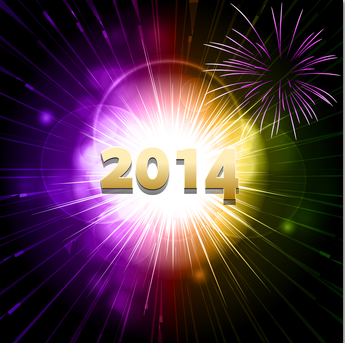Marking the beginning of a new year is a cultural universal; however, how that event is celebrated varies considerably. Indeed, there are many festivities that are decidedly unusual or even quirky.
In order to generate financial prosperity, Philippinos only consume round foods such as grapefruit and wear clothing with round shapes like polka dots; coins are round, and remembering round shapes increases the possibilities of coins in the New Year.
In Mexico it is brightly colored underpants that light up New Year’s Eve, people wear red for success in love and yellow for luck.
Irish women who are yearning for a husband in the New Year place mistletoe leaves under their pillows to have a better chance of catching the eye of the one they desire.
In Ecuador the longstanding tradition of burning a scarecrow filled with photos and newspapers to scare away bad luck has given way to a practice of burning political effigies instead; according to rumor, the effigy of Fidel Castro is a favorite.
If you are a single woman in Belarus, you can expect to play the strange game of sitting with a plate of corn in front of you, waiting to see which single woman a rooster on the table will select as the next to marry by pecking at their plate first.
In Scotland the New Year is knows as Hogmanay, New Year’s Eve and New Year’s Day are called “Daft Days,” homes are thoroughly cleaned and juniper branches are burned to rid the house of lingering bad luck; on New Year’s morning, the “first footer” or the first person to set foot in a home sets the families luck for the next year.
Here in the United States we have our own share of quirky New Year’s traditions. At the stroke of midnight we kiss one another both for luck and to ensure our love survives through the coming year, we shoot fireworks and, in some places, guns into the air to indicate the New Year has arrived, we attend parties and sing “Auld Lang Syne,” and we make New Year’s resolutions to change all of our bad habits in the coming year.

